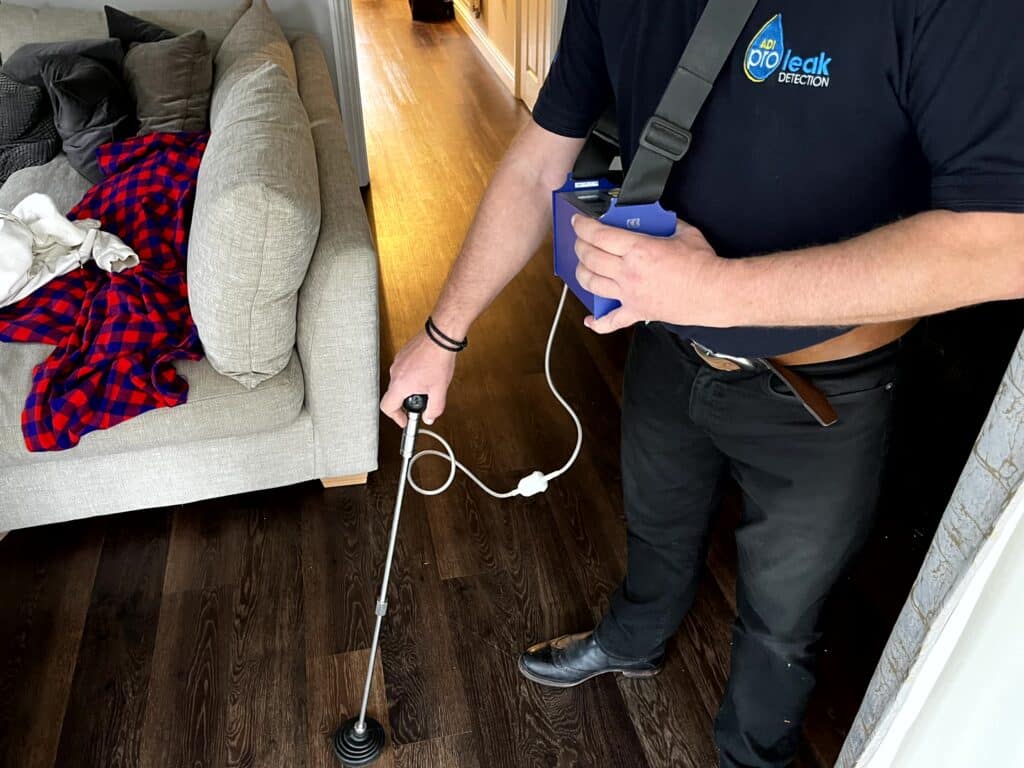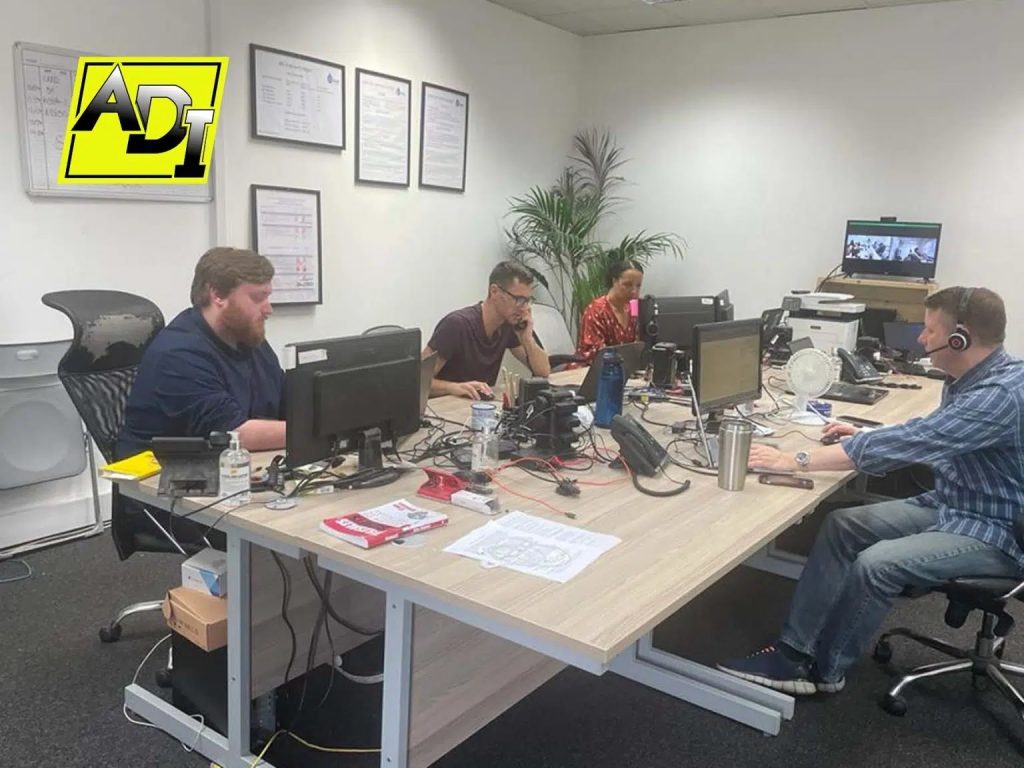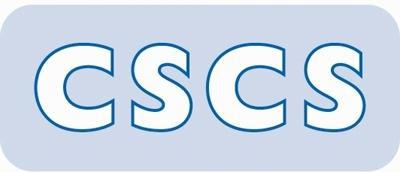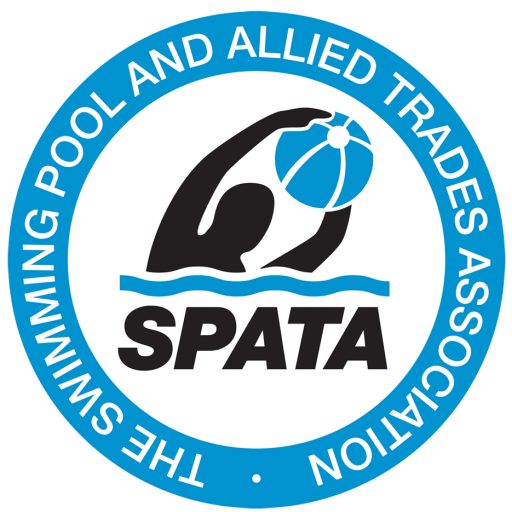Tracer Gas Leak Detection
Tracer Gas Leak Detection is the process of using inert tracer gases (Hydrogen / Nitrogen) to detect water leaks. Tracer gas is also known as leak detection Gas.
Tracer gases can be used to detect many types of leaks including central heating leaks and roof leaks.
The benefits of using tracer gases to in the process of finding a leak includes the ability to pinpoint the location of a leak under the floor, concrete or inside a wall without causing any damage to the surface.
The procedure to identify the location of a water leak using leak detection gas requires the engineer to fill the pipework or void with tracer gases. Tracer gases are detected using a gas sniffer when rising to the surface from the location of the leak.

WATCH: Tracer gases used to locate a leak on a central heating system
Tracer gas leak detection investigation on a heating system, losing pressure every 12 hours!
What Types Of leaks Can Be Detected Using Tracer Gas
- Central heating leaks in pipework, radiators or the boiler
- Pitched or flat roofs.
- Swimming pool filtration systems
- Lead or MDPE Mains water pipes
- Underfloor heating systems
- Bathroom & Shower plumbing pipes
- Irrigation systems
- Building structures
What are the Benefits of Tracer Gas Leak Detection
Tracer Gas Leak Detection is one of the most popular methods used within the leak detection industry for a number of reasons.
- Tracer gases are safe, non flammable and non toxic
- Non-invasive method of leak detection
- Permeates all surfaces
- Locates the leak quickly and accurately

Call The Nationwide Tracer Gas Leak Detection Specilaists
ADI Leak Detection are the original specialist leak-detection company providing a nationwide service in the UK.
We have continued to lead the market, investing and developing our own technologies and consistently training our staff to deliver outstanding results. We use Tracer-Gas Testing daily and have an almost perfect record for leak detection regardless of the leak size.
Call ADI Leak Detection for more information Now on 0800 731 3843 for a friendly Tracer Gas Leak Detection Service.









